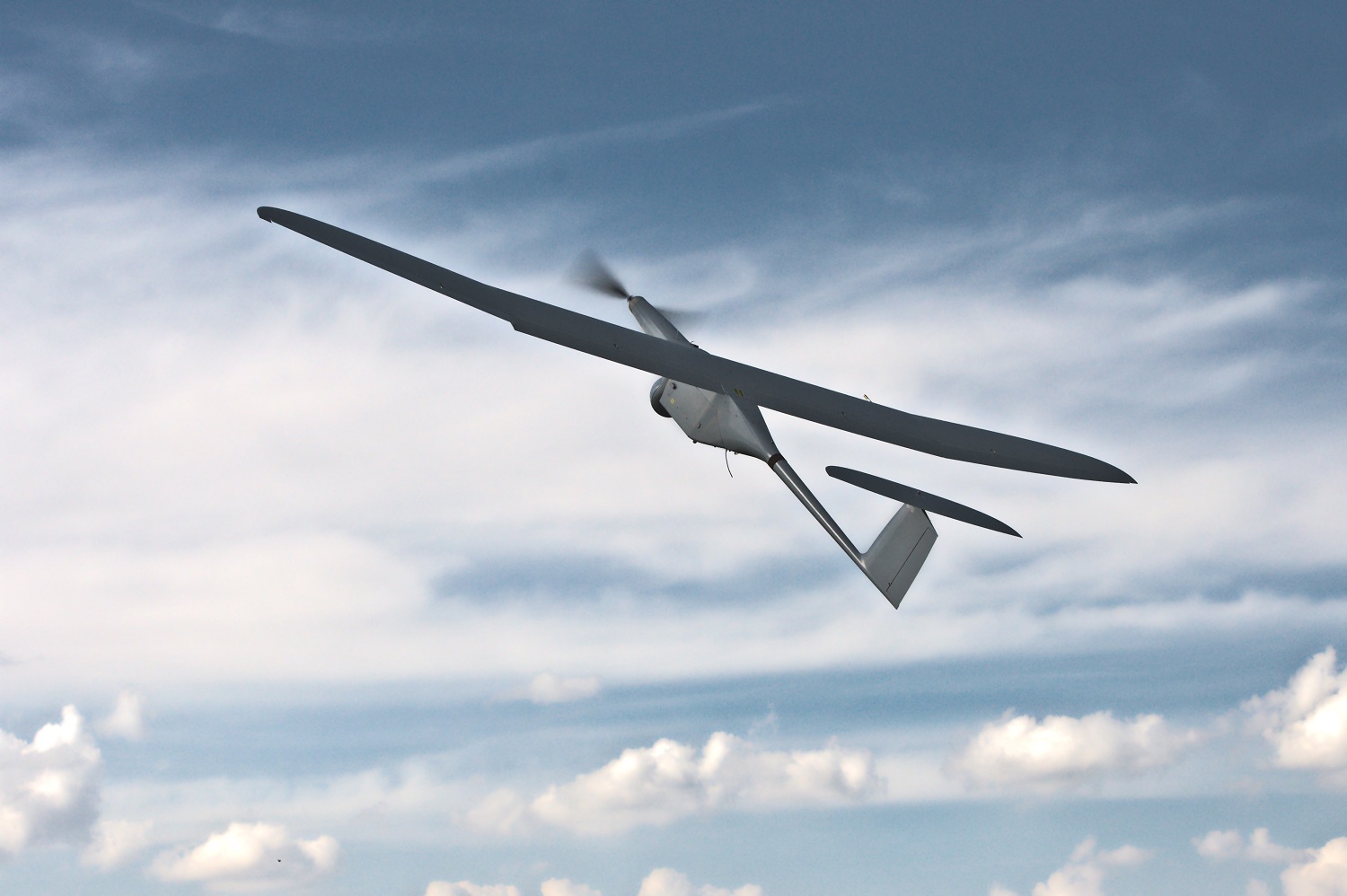Polish UAV Systems Offered by the NATO Support and Procurement Agency

FlyEye UAV developed by the WB Group is the only advanced piece of military equipment developed and designed in Poland that is also being offered by NSPA - NATO Support and Procurement Agency. The entity in question has introduced the FlyEye system into its portfolio, offering it on the arms market.
NSPA, after verifying the manufacturer, and the product itself, took responsibility for it and it is offering the UAV system in question directly to the potential customers, via its procedural framework. The WB Group’s representatives do stress that the above can be viewed as a great privilege for the Polish product, confirming its top quality.
FlyEye is a UAV platform that includes light, hand-launched, and automatically-landing unmanned multi-role aircraft. It could be used for gathering IMINT, ACOUSTINT, SIGINT, RADINT, MASINT, or to act as a flying radio relay and a specialized asset to transport small and sensitive payload.
The system has been used in combat by the Polish military, on foreign deployments. The use in the field included the Afghan deployments where FlyEyes were employed together with the Dana-T self-propelled artillery systems fitted with the Topaz automated fire control system (also manufactured by the WB Group), and the PIT-RADWAR Liwiec firefinder radars (also integrated within the Topaz framework).
The Topaz integration allows for using the FlyEye beyond the domain of artillery target designation and real-time data transmission - the system could also be used to adjust the firing solutions in an automated manner.
FlyEye is a 100% Polish product, made in Poland in its entirety. All of the FlyEye IP rights remain in possession of the WB Group that is co-owned by the Polish Development Fund. This means that the state yields full control over the advanced solution, developed by the Polish engineers, and manufactured in Silesia.

The multi-role FlyEye system is operated by the special operations component, the Army (artillery included - three sets delivered until; 2013) and - just recently - it has also become a part of the inventory of the Territorial Defence Forces (12 sets procured between 2018 and 2019, with a price-tag slightly exceeding PLN 42 million). Meanwhile, the FlyEye systems operated by the Polish Border Guard are used daily, to monitor the status of the Polish borders. The systems have also been received by other Polish entities working within the national security framework.
FlyEye has been well tested in Poland and during numerous foreign deployments. The WB Group is continuously developing and improving its solutions, based on user experience and close cooperation with the Ordering Parties. The FlyEye UAV currently offers a range of more than 50 kilometers. The UAV in question is being exported to Ukraine for instance - there it has already seen some combat use.
FlyEye consists of a ground control station, an intel-analysis station, several types of antennas, a couple (quantity is dependent on the ordering party’s requirements) of UAVs with varied payload (optronic sensors, microphones, radio-relays, extending the radio communications range even 100-fold) and a training system with a video-synthesizing ability. The system can be transported on vehicles or by a two-man crew in specific purpose backpacks.
The UAV weighs 11 kilograms and can be launched by hand. It does not require any extra infrastructure, thus it can be employed at any given time, in any location. After the mission is completed the UAV automatically lands in a designated spot.
The UAVs that form the system can operate at night and during the day, even in adverse weather conditions with strong wind, high and low temperatures, and in high humidity. FlyEye can be operated when the enemy uses jammers or when access to the GPS signal is limited. The UAV could follow a pre-planned route or it may be controlled manually or automatically - in a convoy mode. In the latter case, it monitors the area around the protected vehicles.
